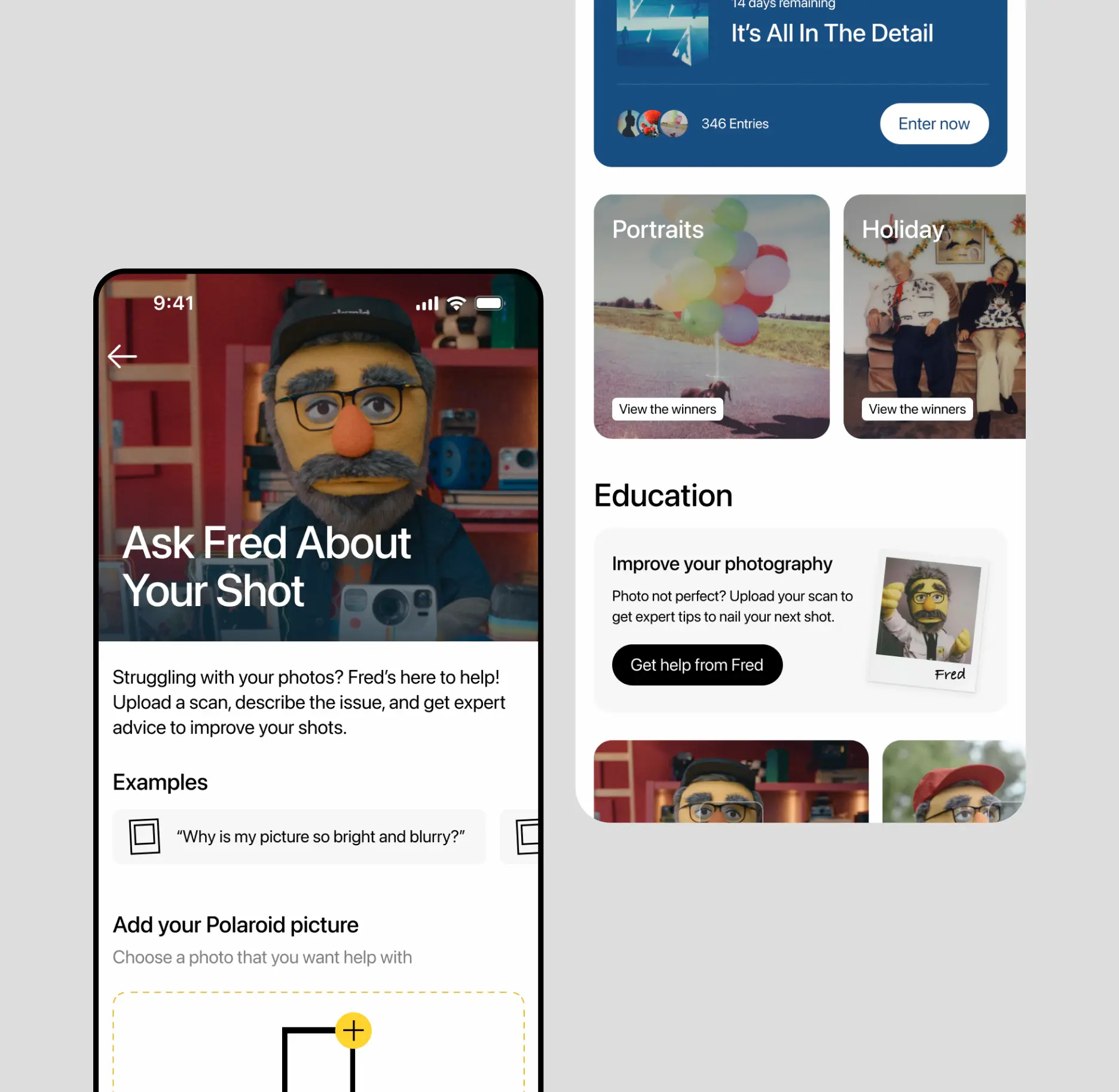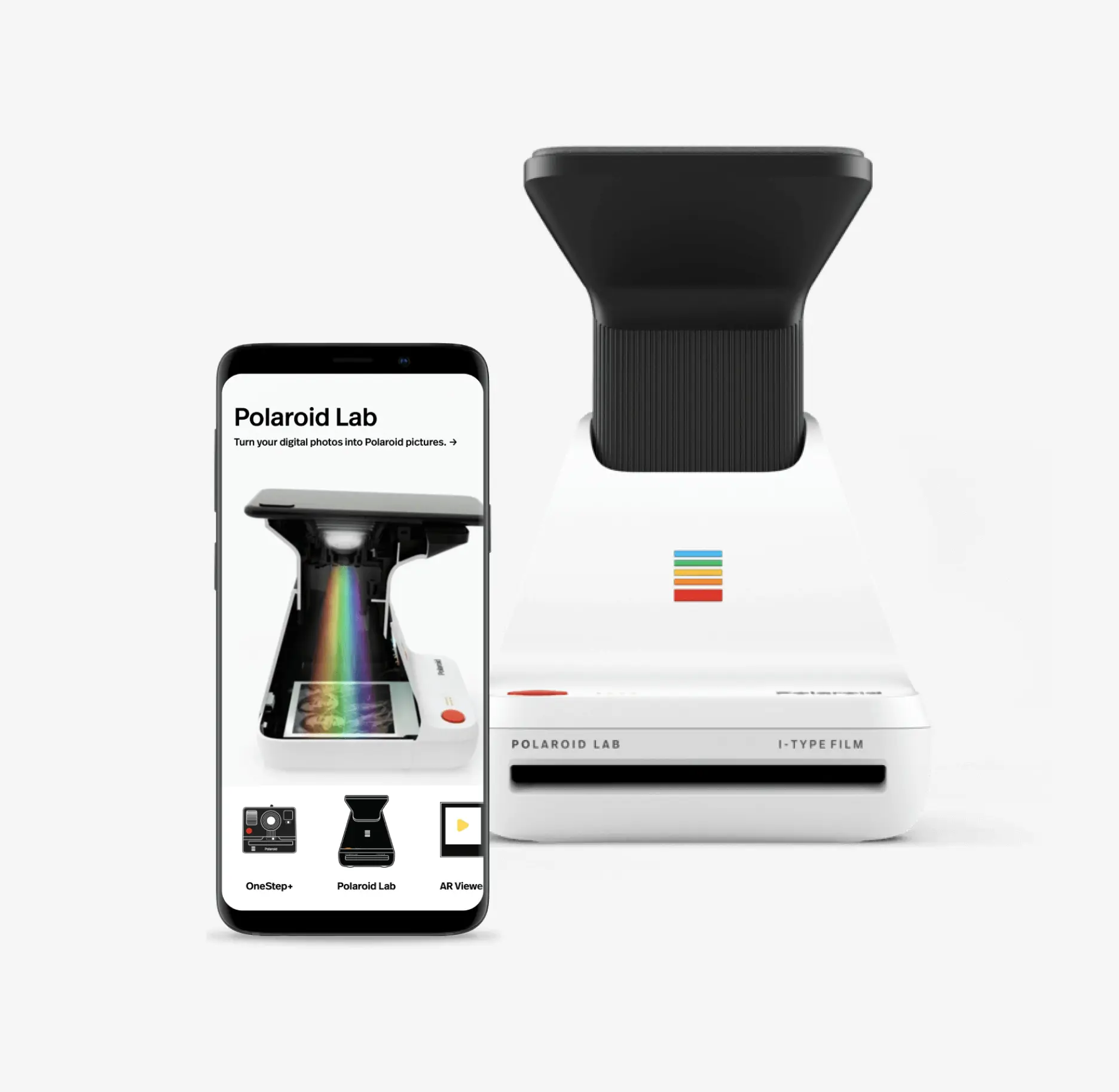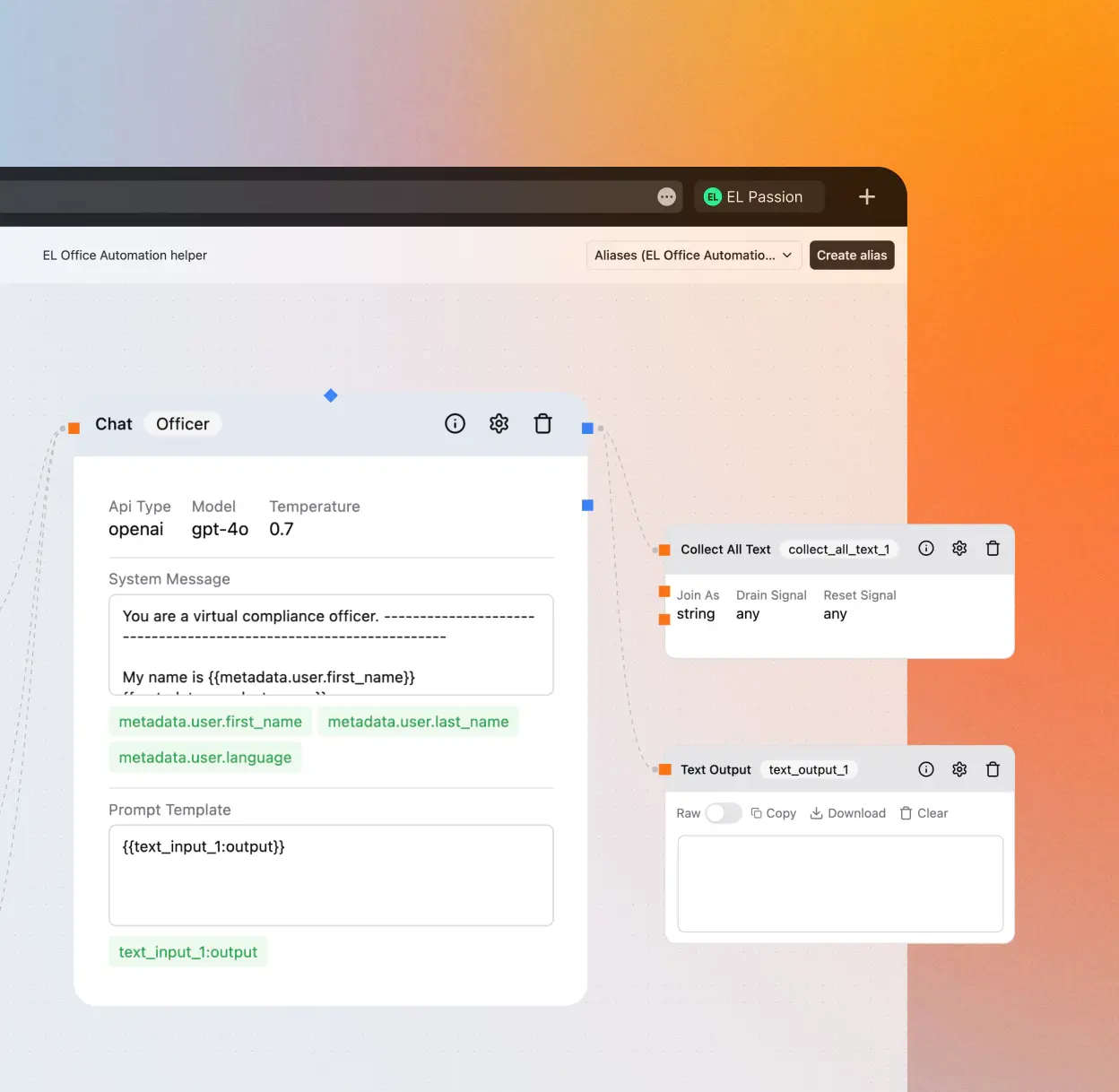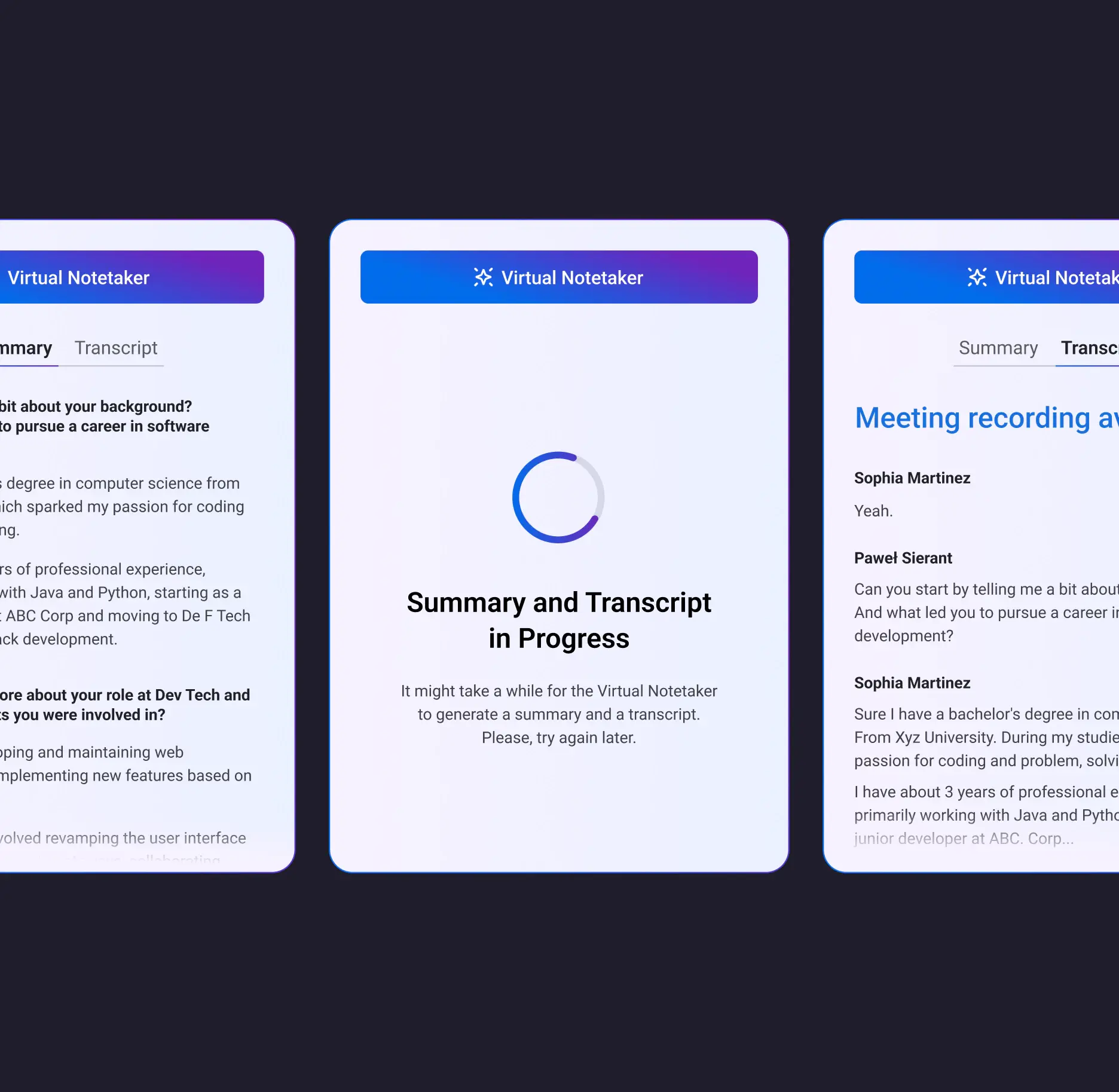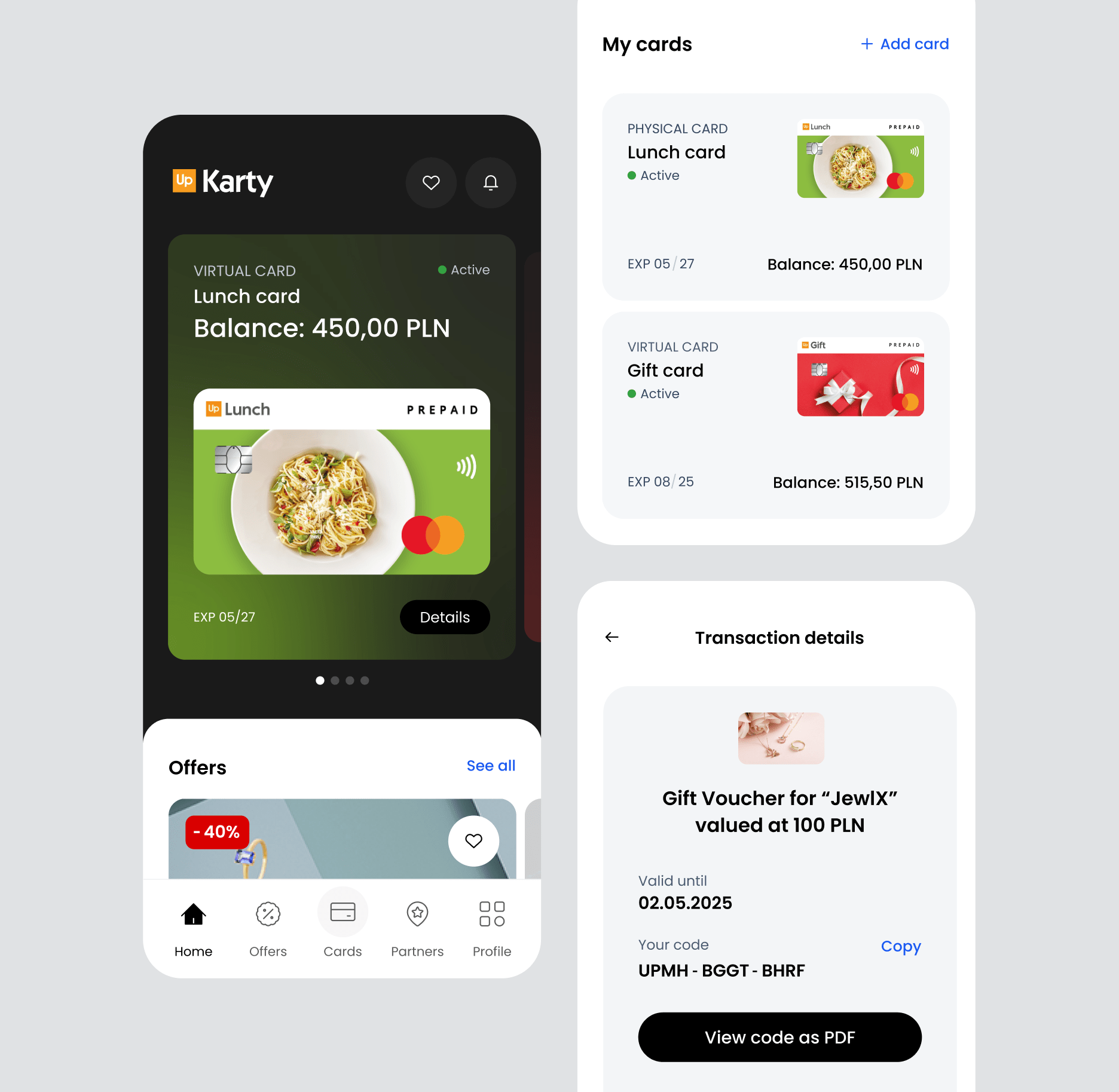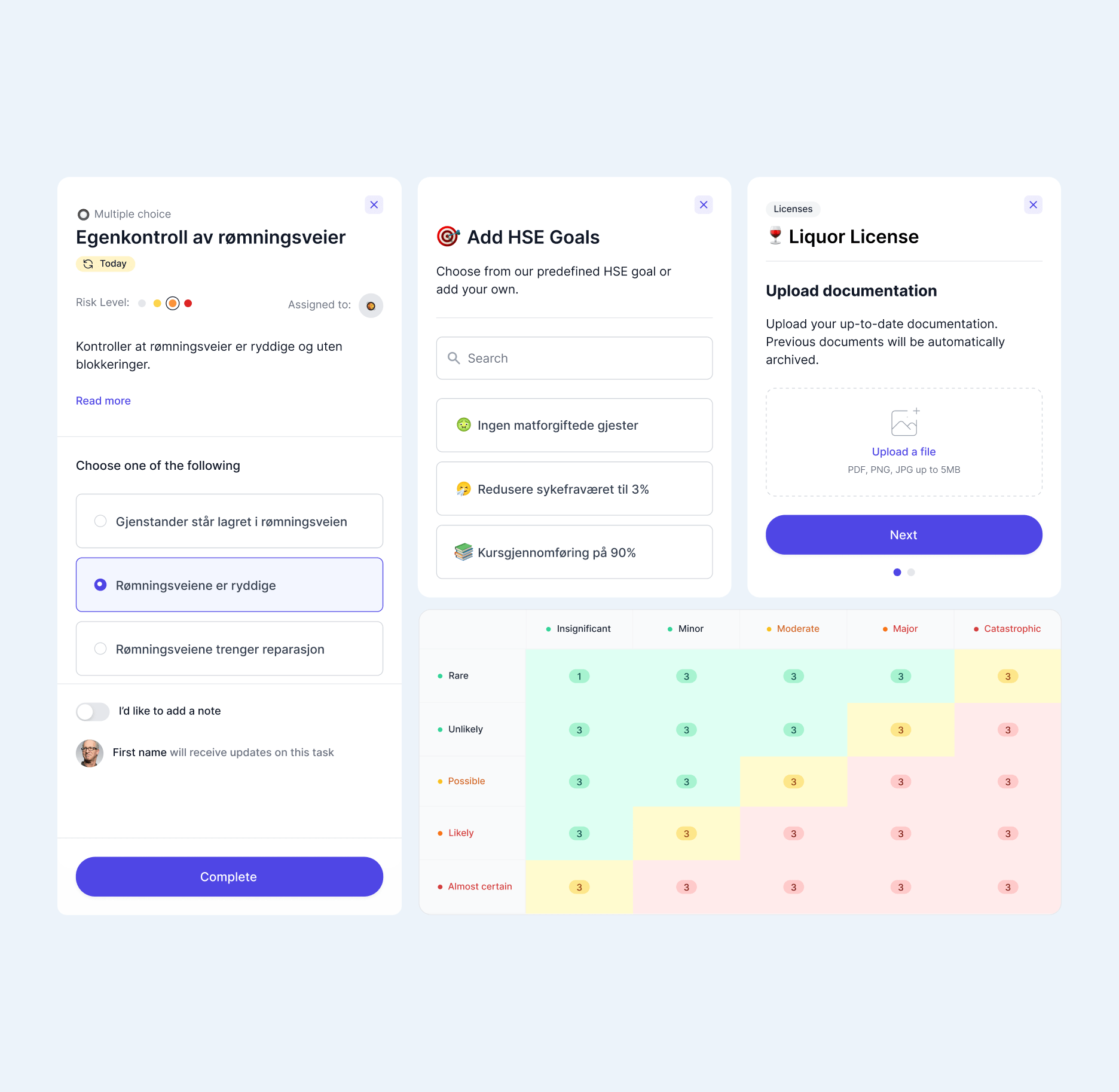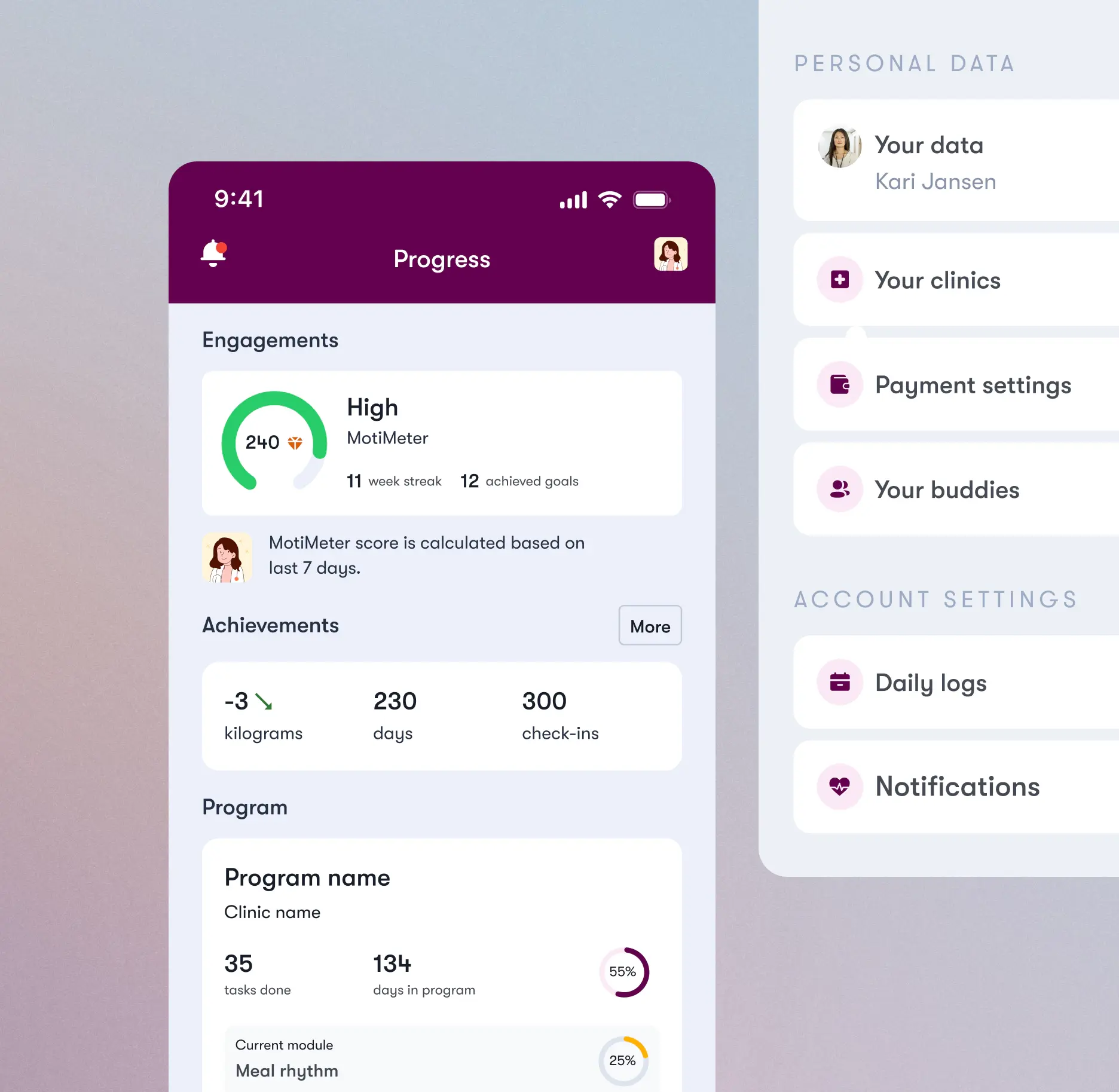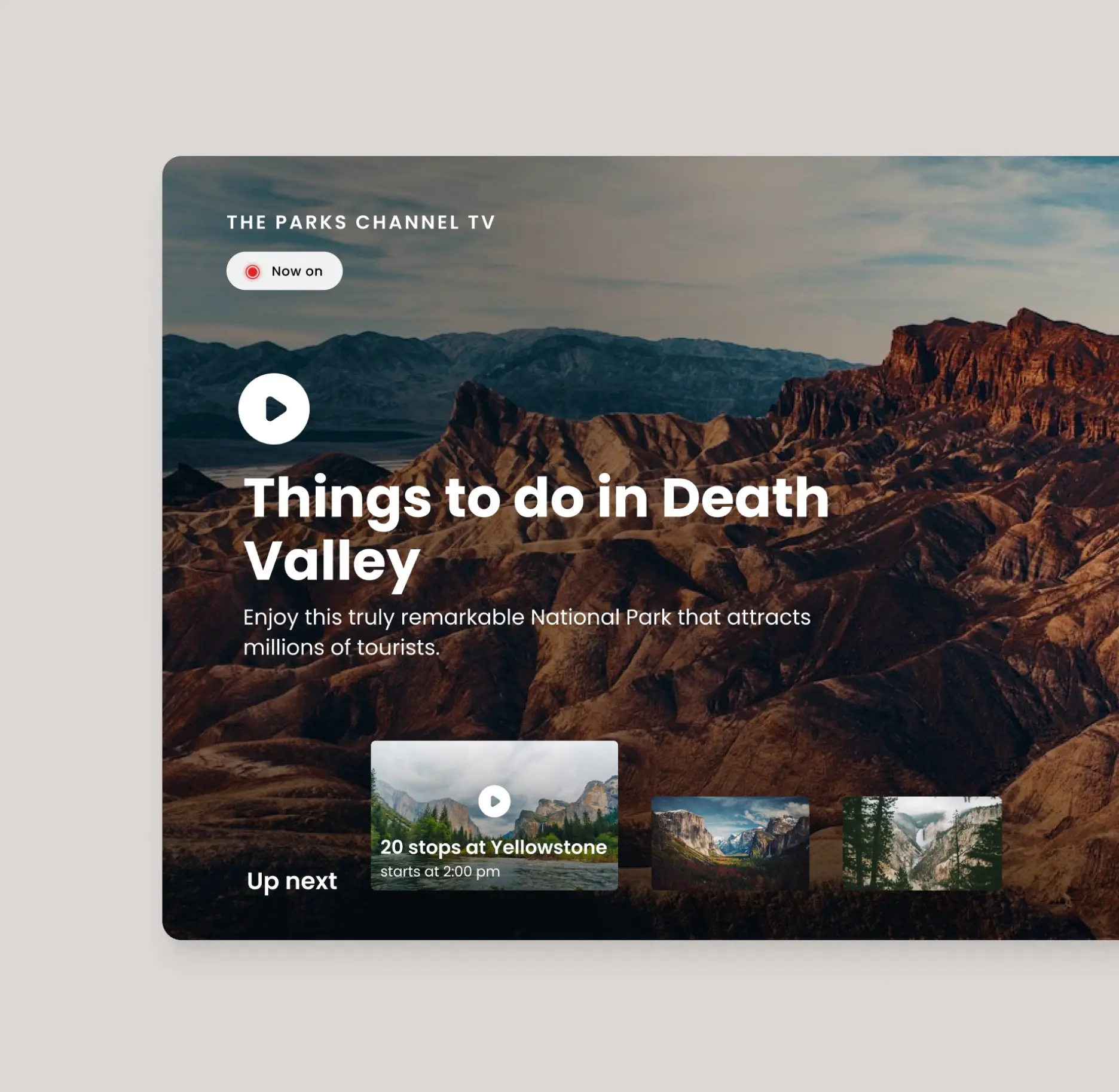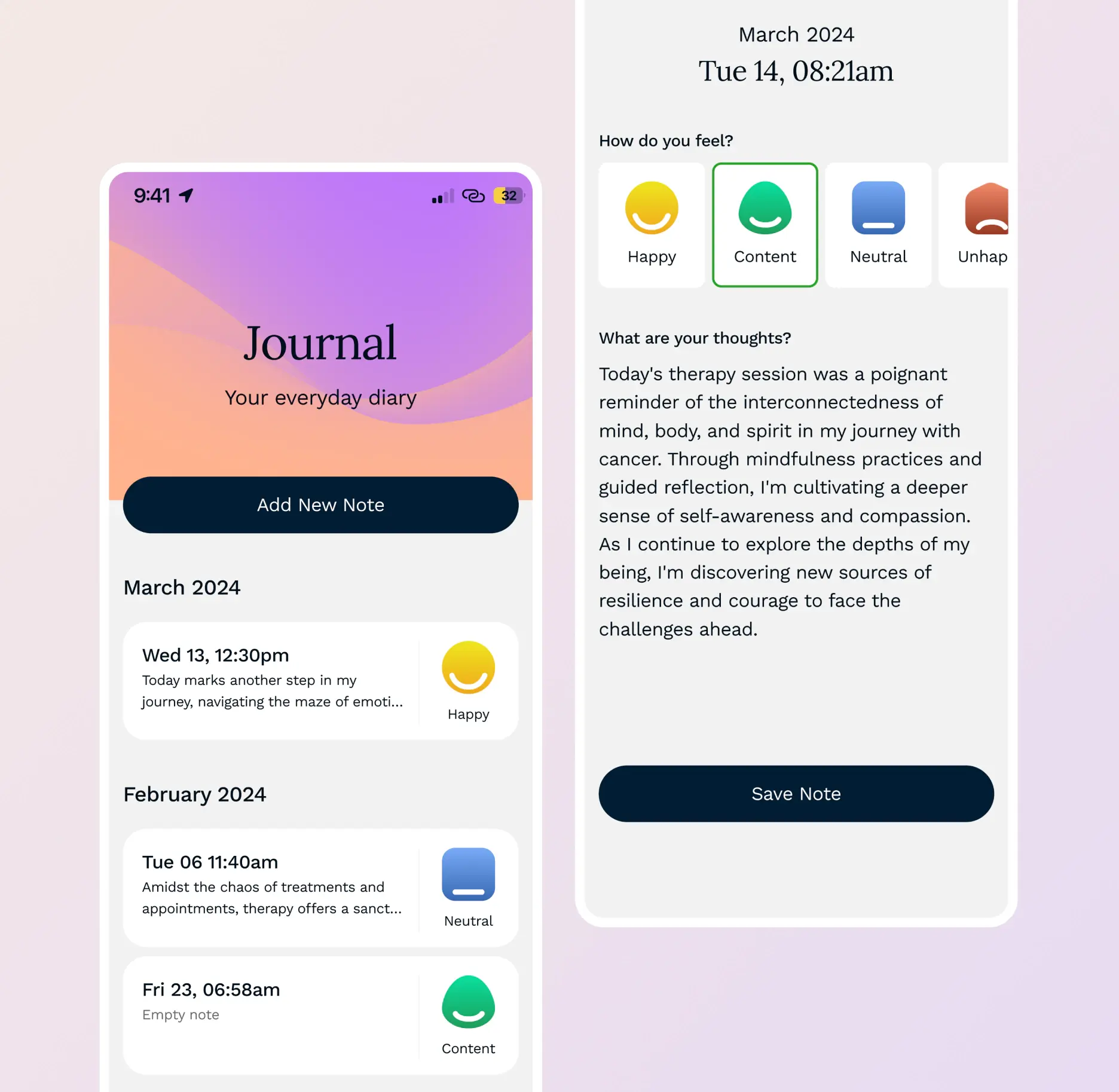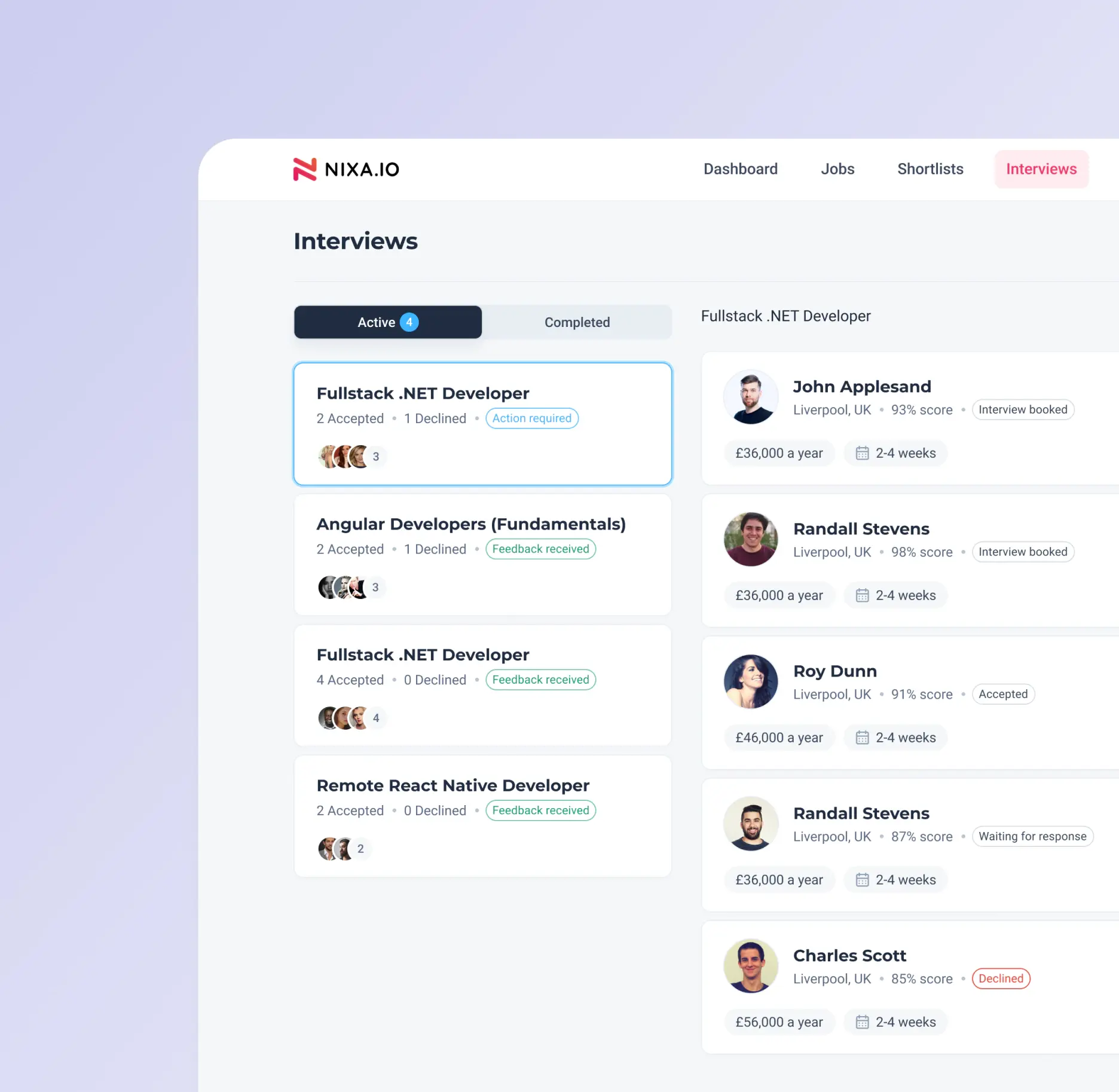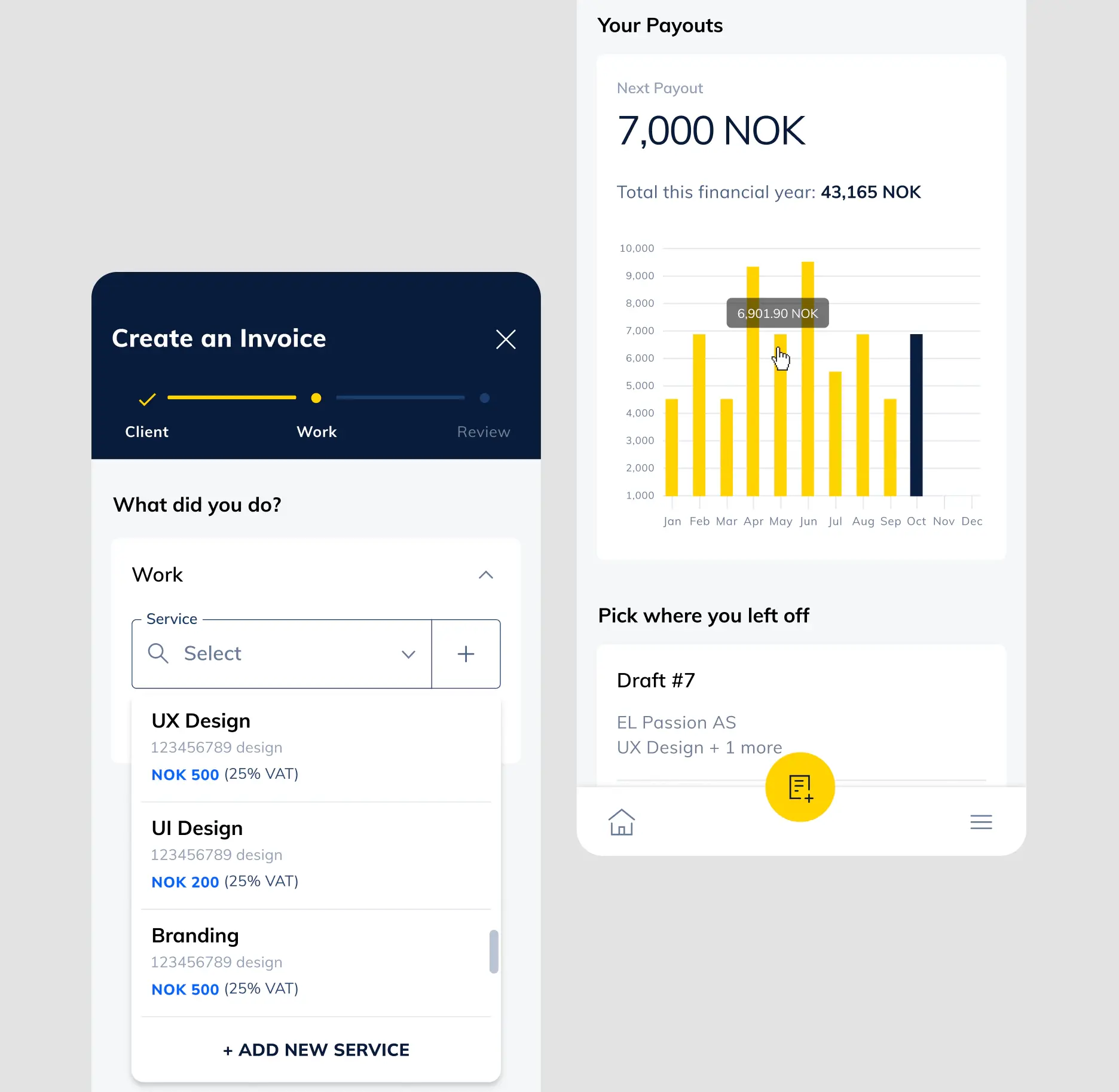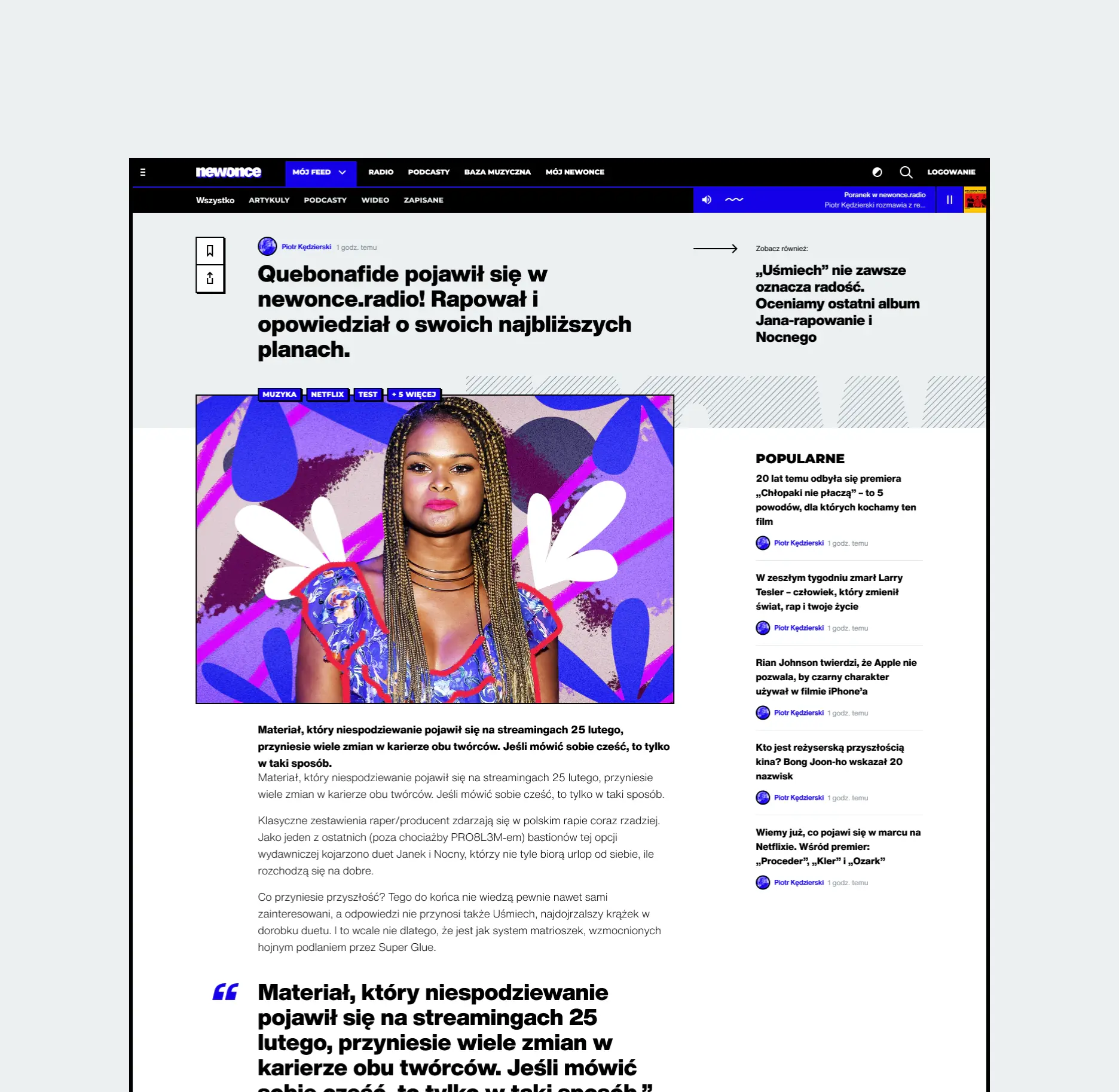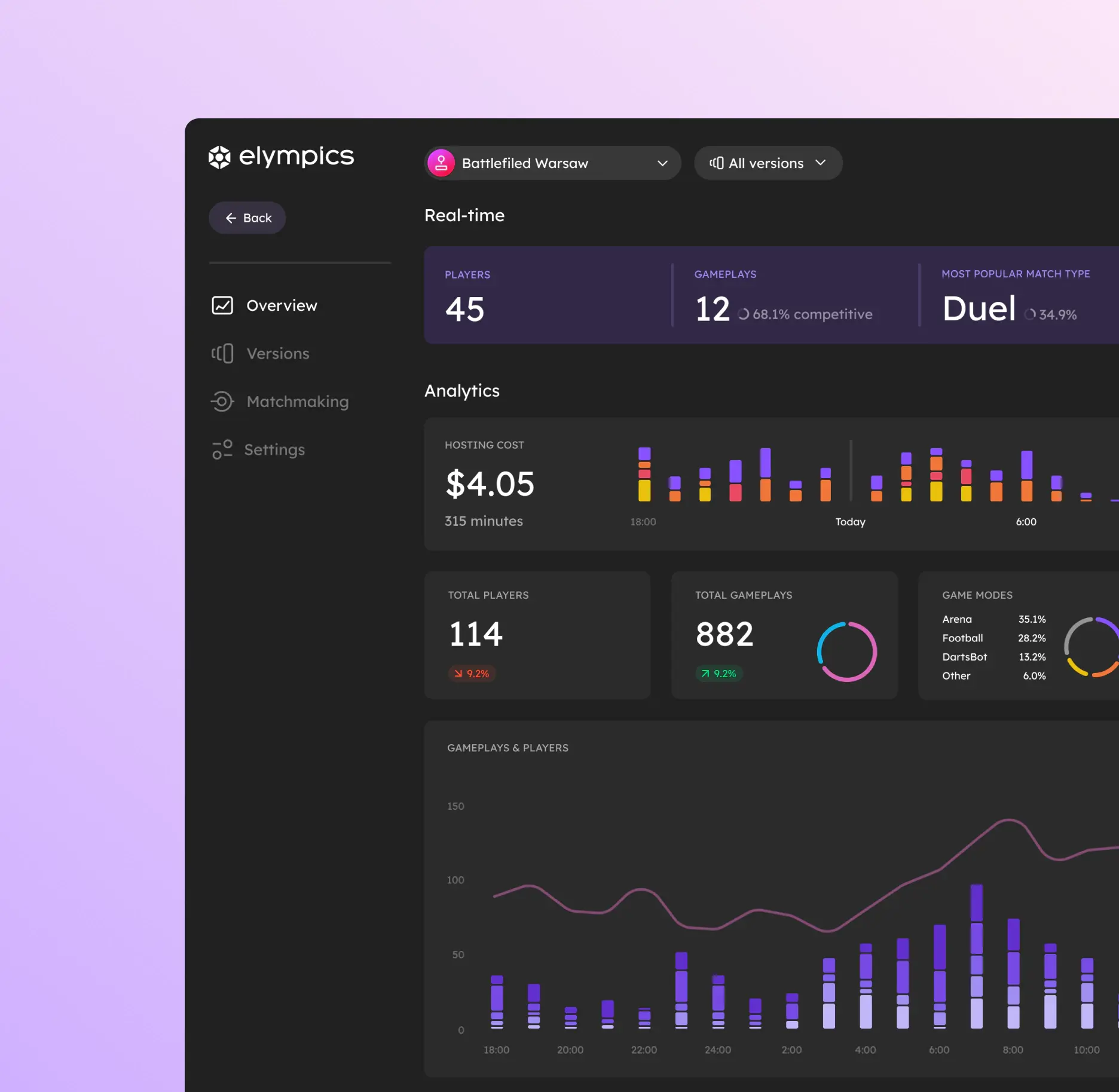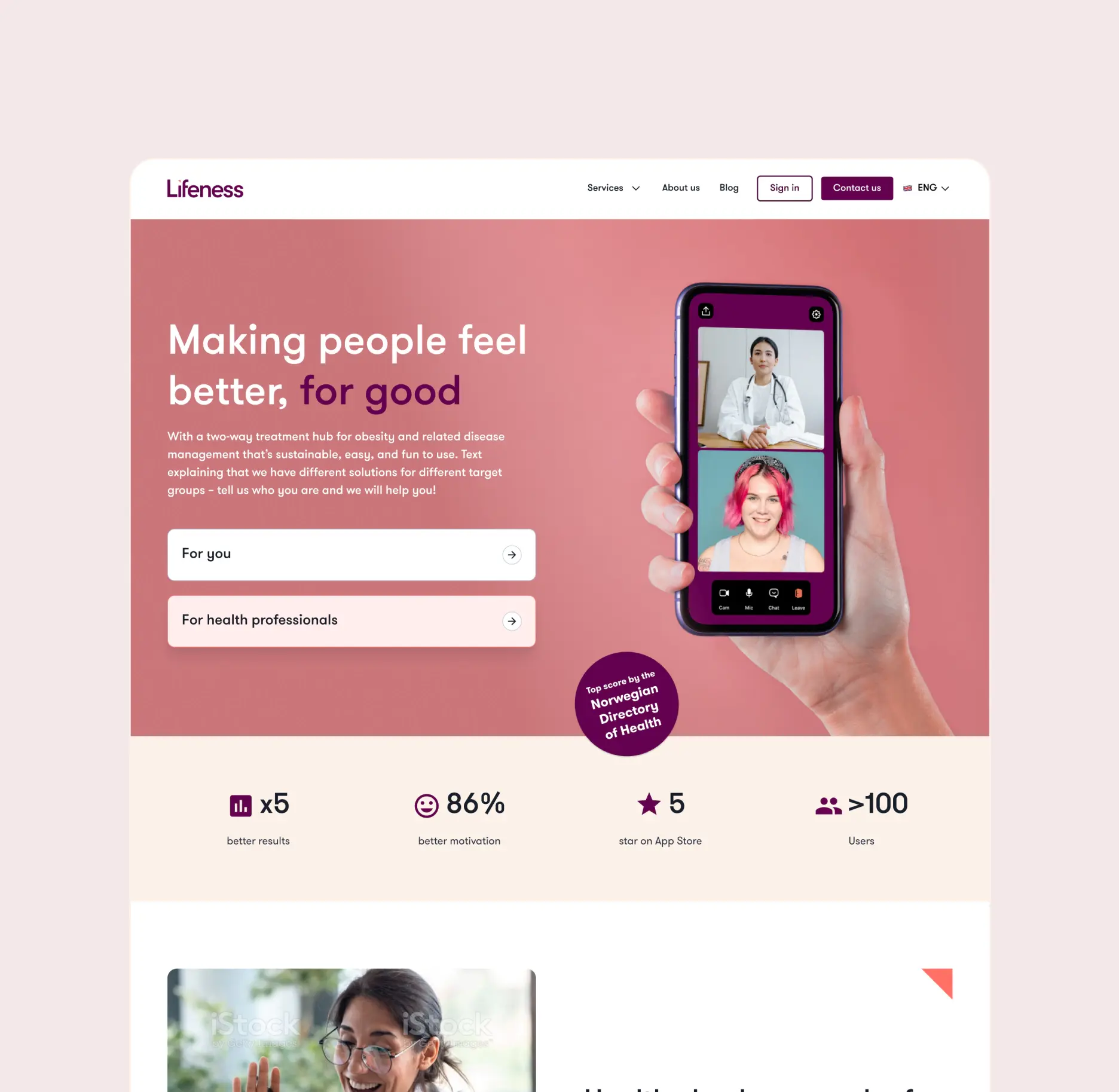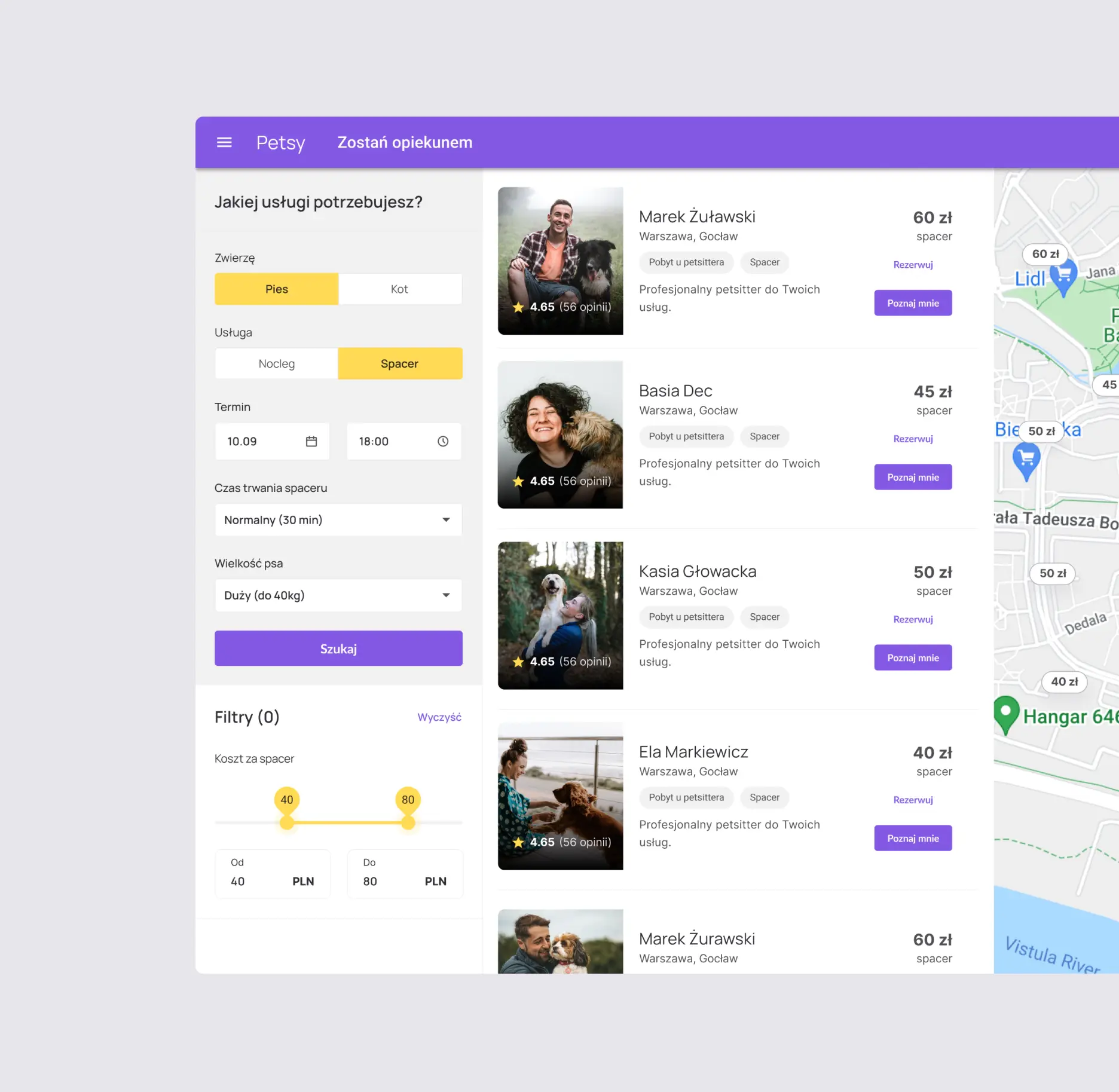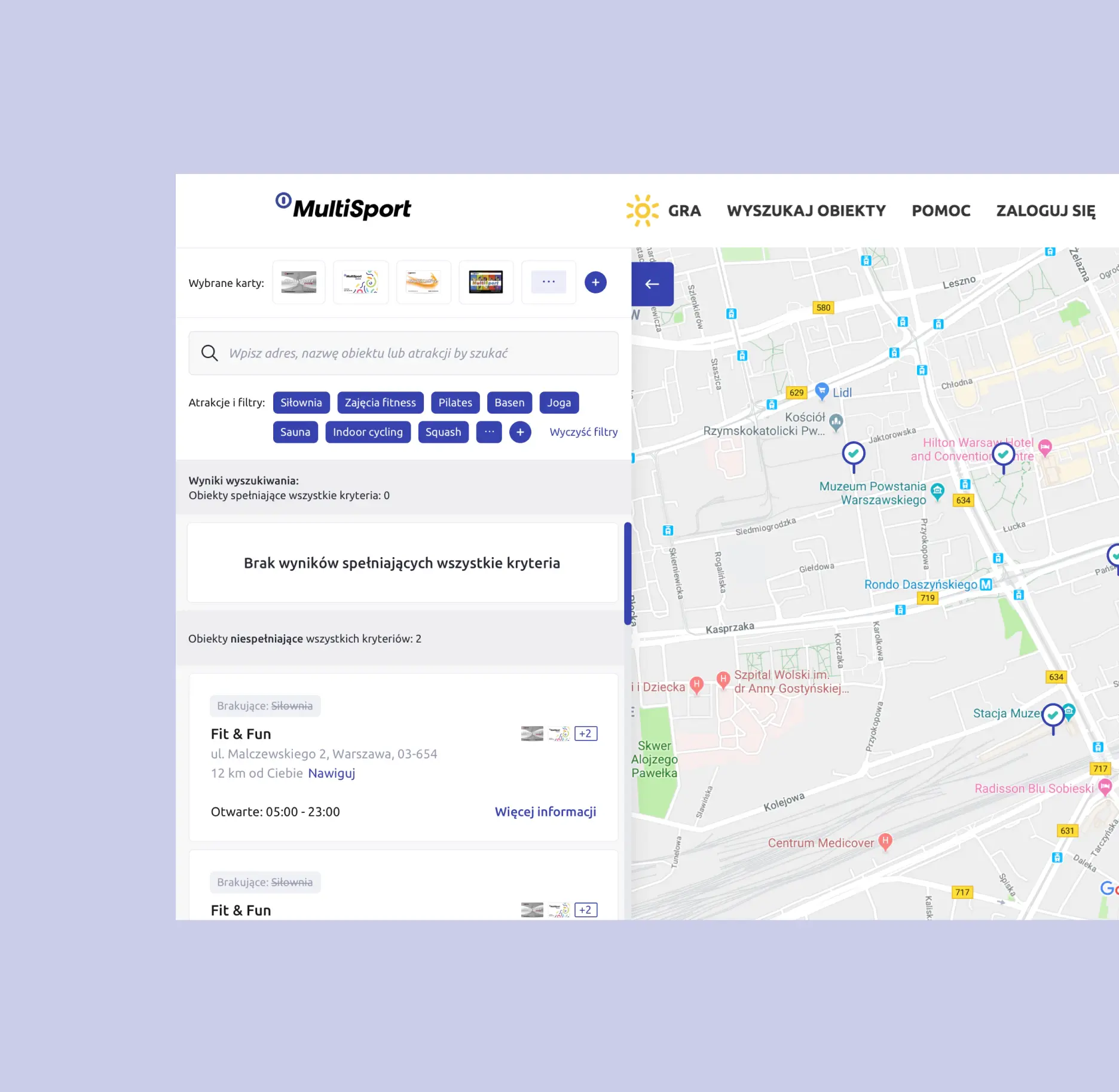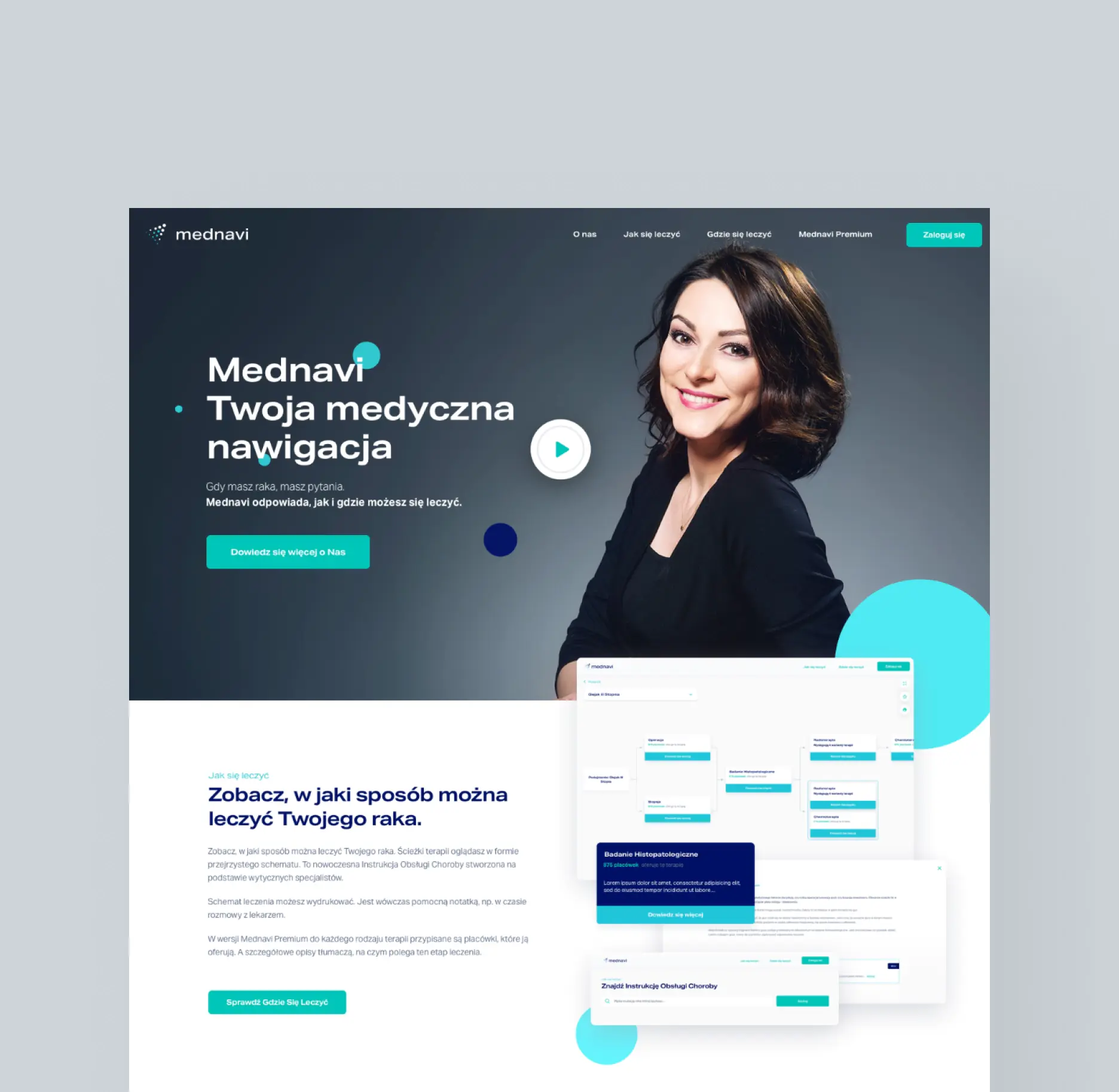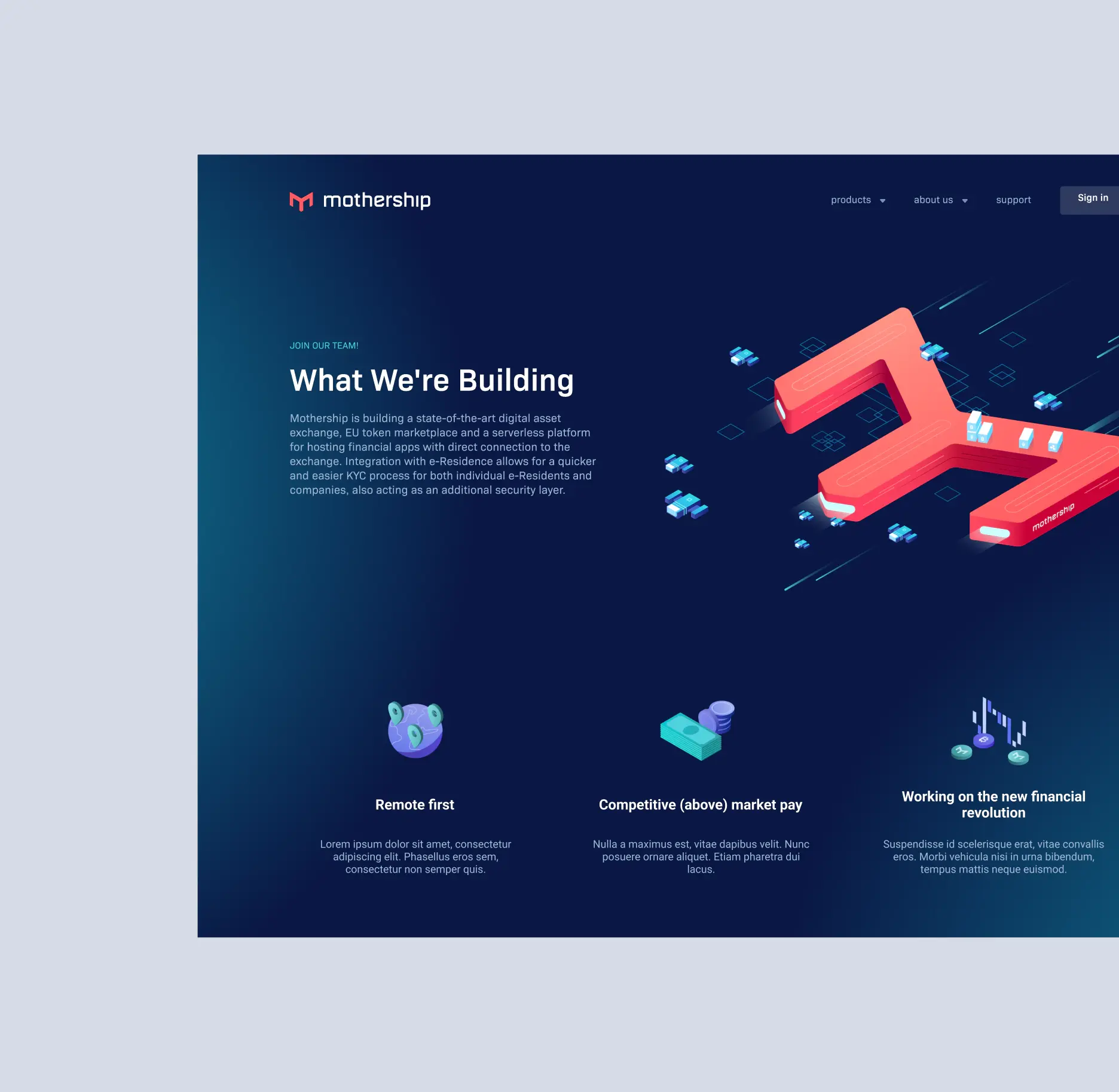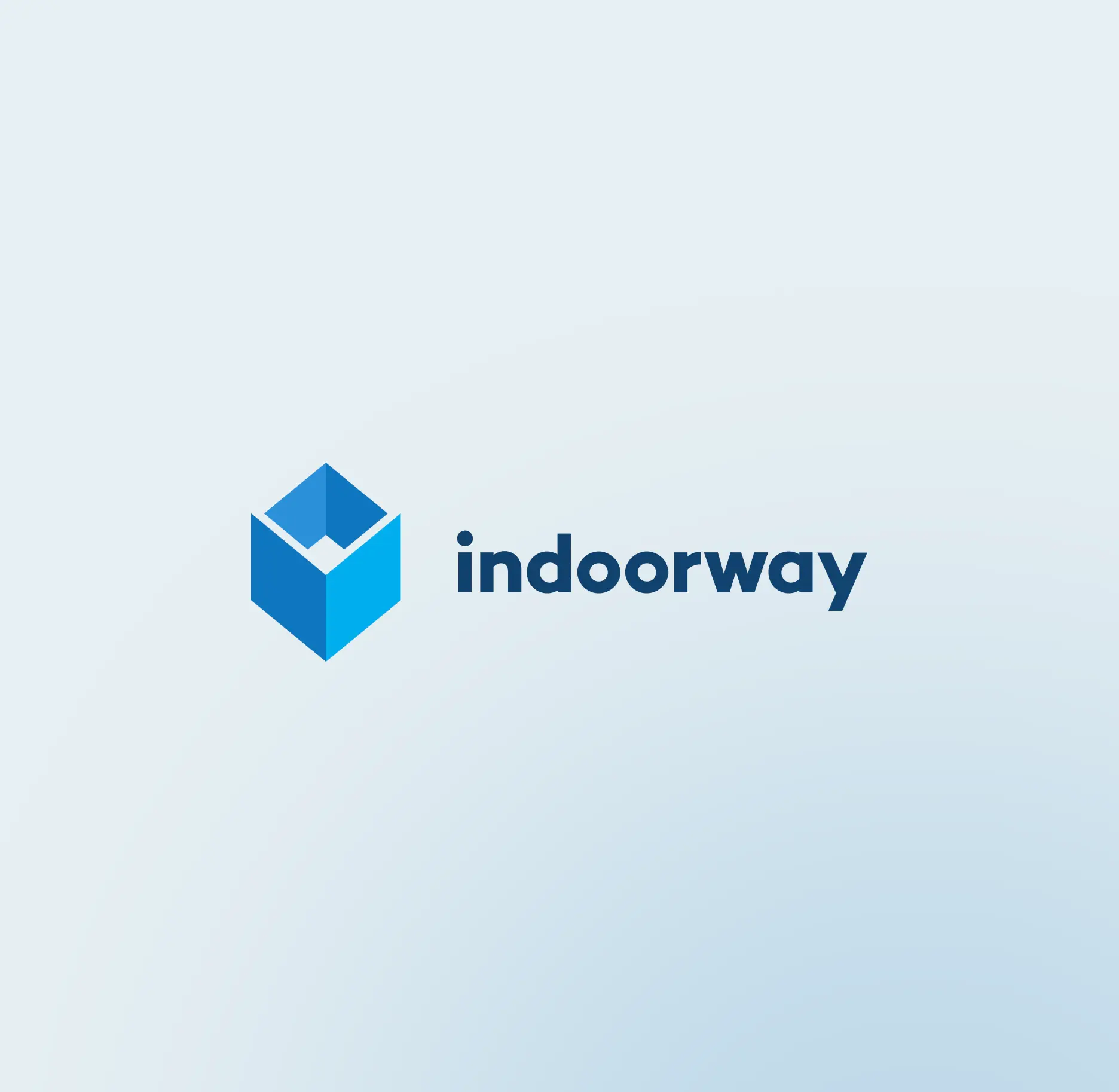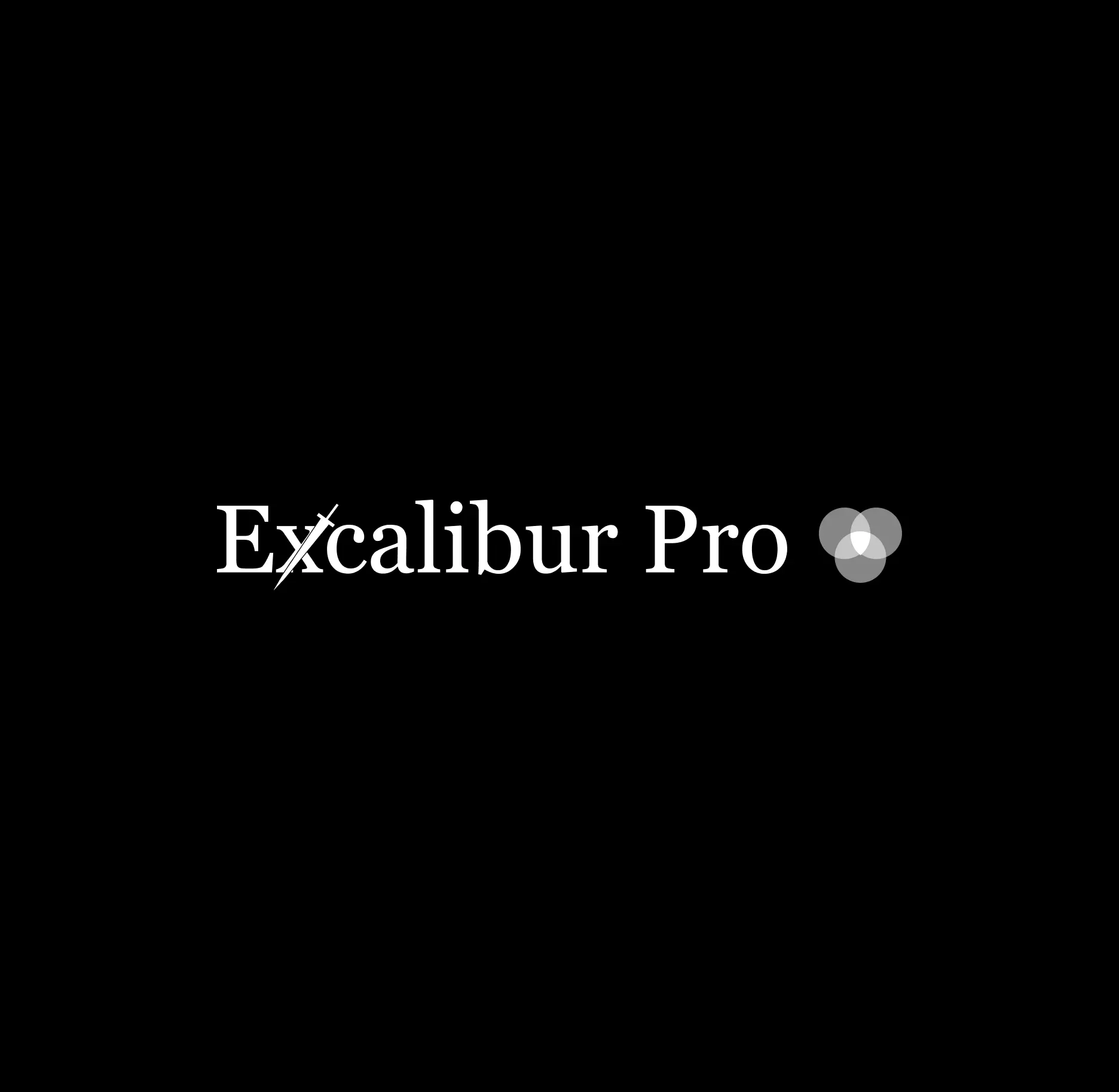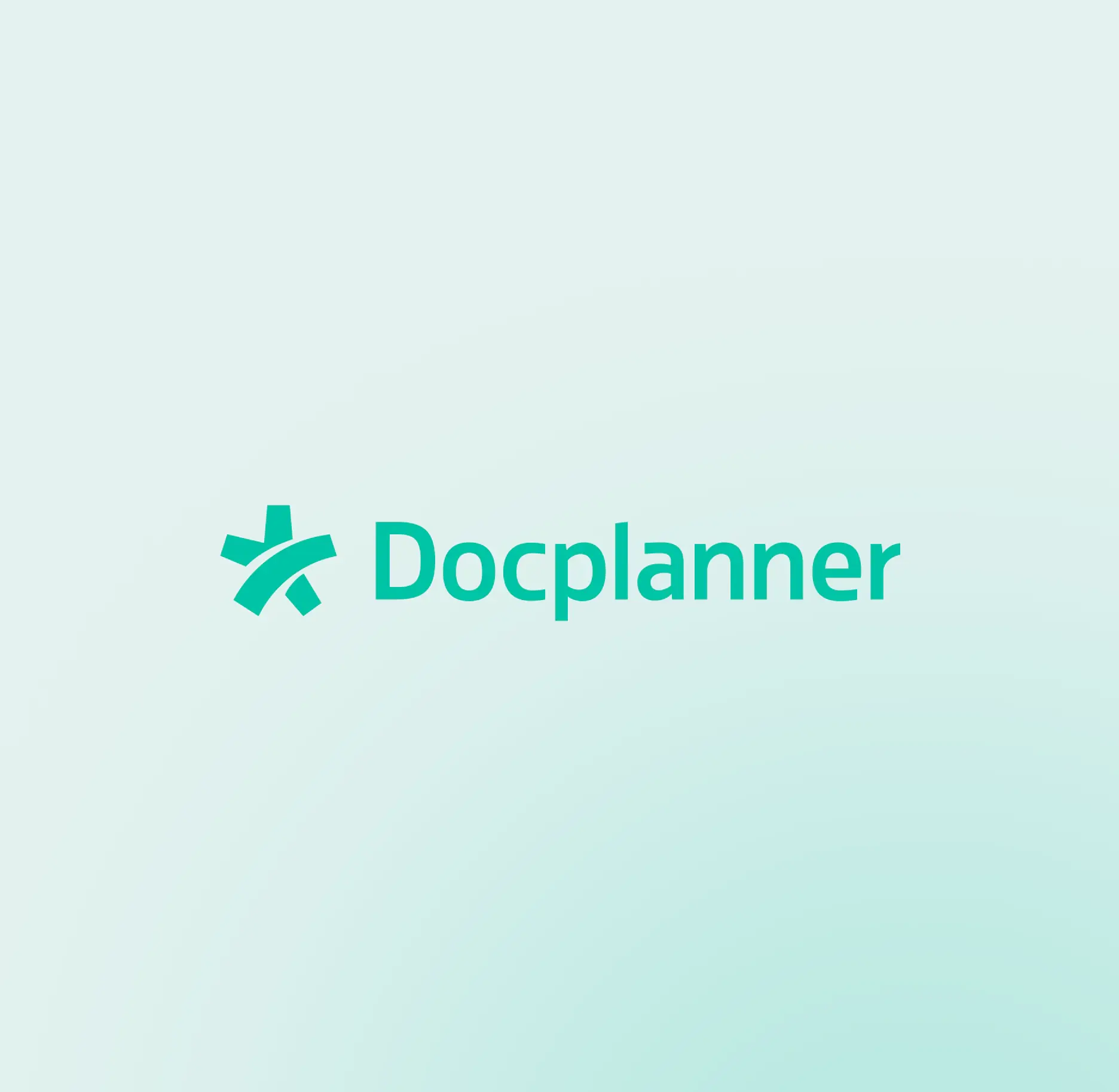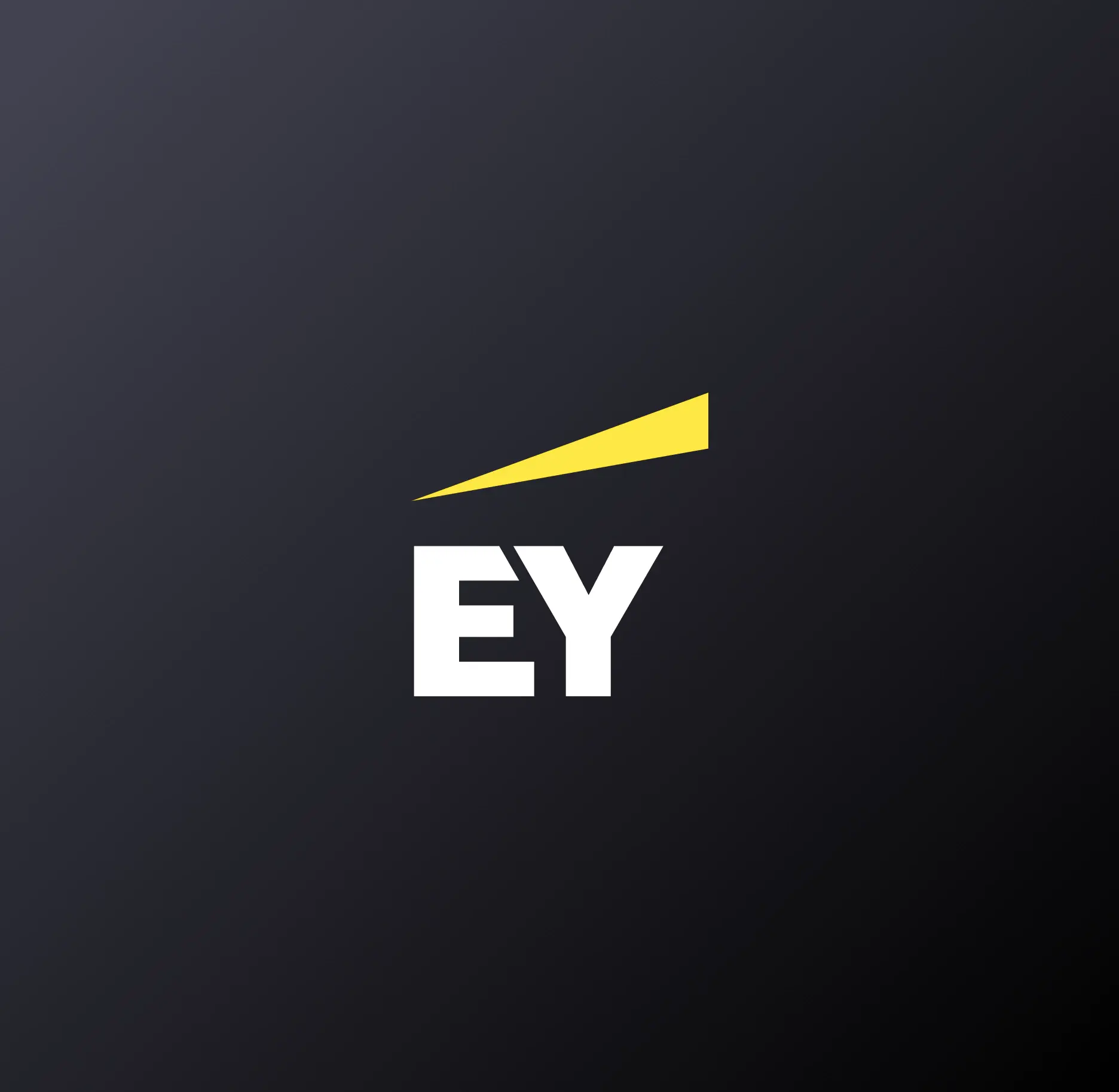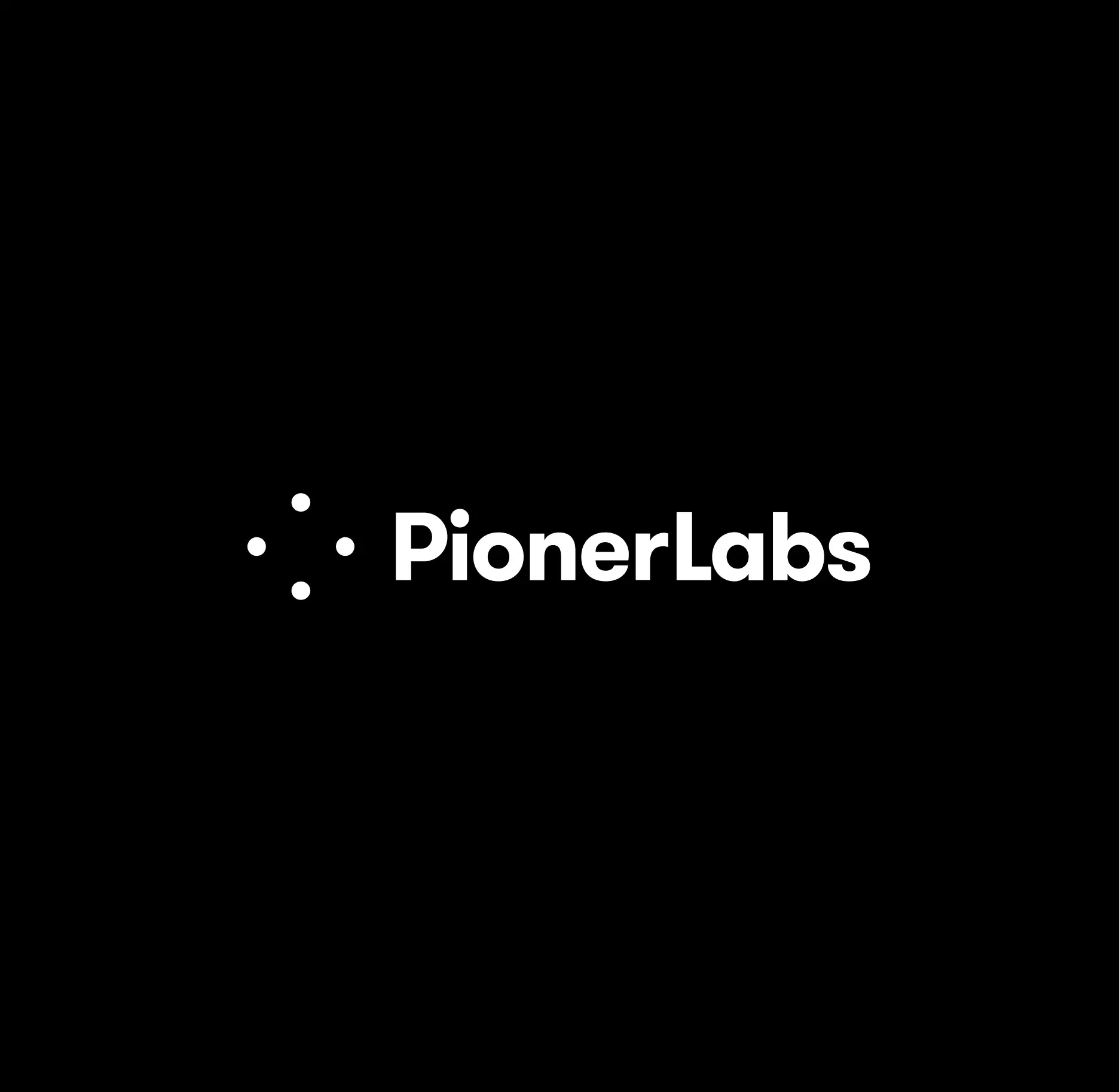All case studies
Scope of work
Industry
Services
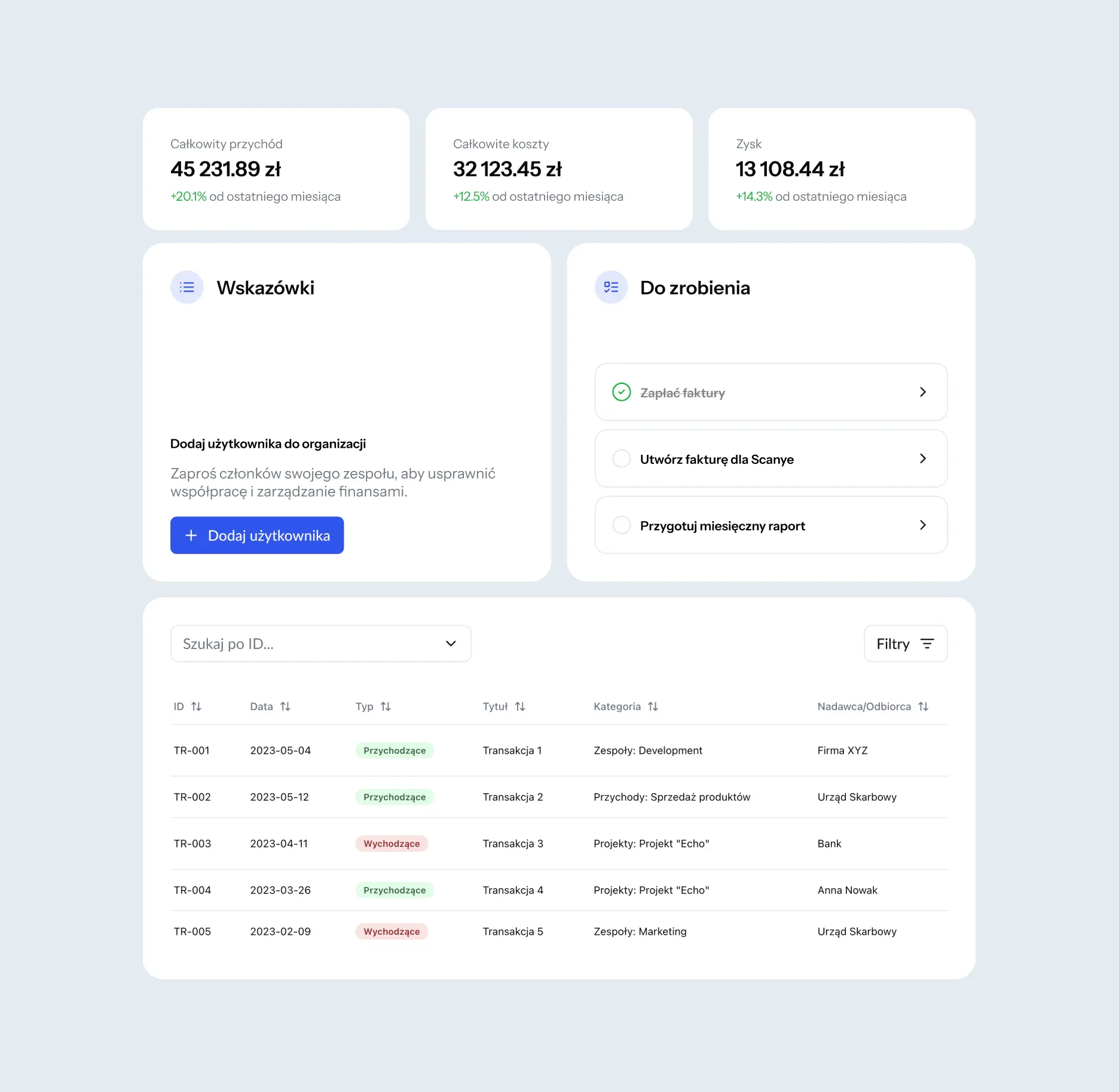
Scanye’s strategic pivot: unlocking new revenue with Digital CFO
Scanye
Web
POC
B2B
About the Client
A Platform for Modern Accounting Firms
Scanye is a platform built to support accounting firms in streamlining client service. While invoice processing remains a key component, Scanye’s offering extends well beyond OCR-based document handling. The company is dedicated to automating financial workflows for accounting offices across Poland, helping them improve operational efficiency and client service quality.
Client's Challenge
Adapting to Regulatory Changes & Seizing Market Opportunities
The introduction of KSeF (Poland’s e-invoicing system) required Scanye to rethink its reliance on invoice scanning and adapt to new regulatory standards. At the same time, Scanye faced a strategic challenge: it served two user groups—accounting firms (monetized) and entrepreneurs (non-monetized). The goal became clear: convert free users into paying customers.
Initial attempts with low-code platforms were insufficient, leading Scanye to partner with EL Passion to develop “Digital CFO,” a tool tailored to entrepreneurs’ financial management needs.

Solution
From Validation to AI-Driven Prototype in Days
The project focused on understanding user challenges, testing a functional prototype, and exploring monetization opportunities.
Built with v0 by Vercel, the prototype included features such as seamless bank integration, OCR-enhanced invoice processing with AI-based categorization, and a real-time financial dashboard.

User Research
Real Feedback from Target Users
User research involved structured interviews and usability testing with six Scanye clients. Using the Think Aloud Protocol, we captured valuable insights on functionality and navigation. The results confirmed strong market interest and highlighted key areas for UX and UI refinement.
Outcomes
Early Wins and Strategic Validation
- Functional Digital CFO prototype
- Validated product-market fit
- Key UX/UI improvements identified
- Clear roadmap for MVP and market launch
- Foundation to monetize the entrepreneur segment
Next Steps
From Prototype to Scalable Product
Scanye is now preparing for product launch by finalizing features, launching targeted marketing and pre-sales, and applying user-driven refinements. Long-term, Digital CFO is set to evolve into a complete financial management platform, strengthening Scanye’s position in Poland’s FinTech market.
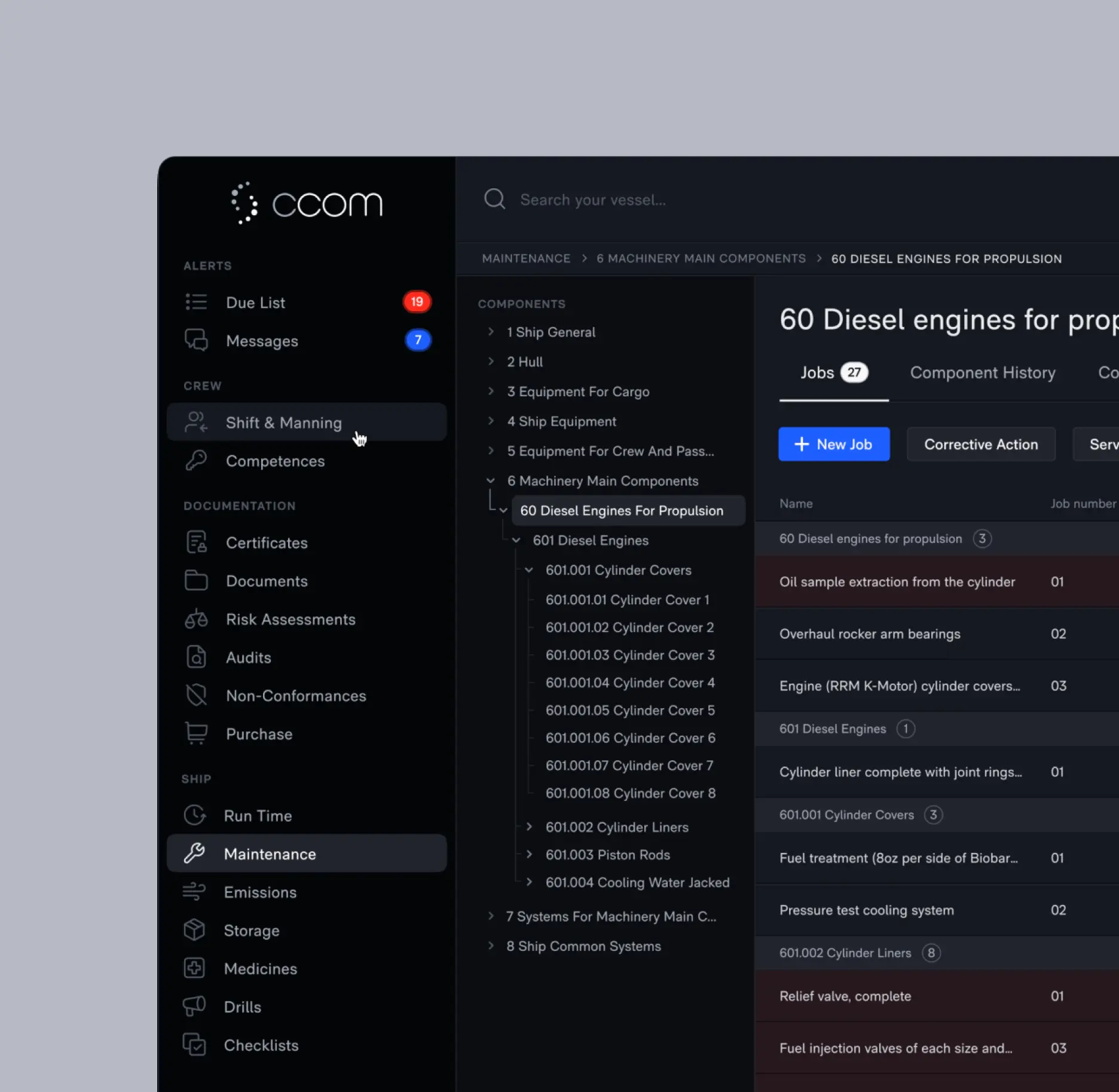
A full UI overhaul that made complex maritime operations feel simple
CCOM
Web & Mobile
Design
B2B
About the client
Maritime Safety, Streamlined
CCOM provides a digital safety and operations management system for the maritime industry. Their platform, CCOM X, supports document control, maintenance tracking, deviation handling, and compliance across all types of vessels.

The Challenge
Modernizing a Complex, Industry-Critical Tool
CCOM’s platform was rich in functionality but lacked the usability and visual clarity expected from modern digital products. The system had to serve a wide range of users—many of whom work in high-stakes maritime environments and are more focused on operational efficiency than technology.
The existing interface was dated, fragmented, and difficult to navigate. It lacked a unified design language and did little to guide the user through complex workflows. The core challenge was to reimagine the platform to be more accessible, visually consistent, and ready to scale—without compromising on the system’s depth or reliability.
What We Did
From Legacy Interface to Design-Led Experience
We led a complete visual and functional transformation of the platform, starting with a deep dive into its user roles, usage scenarios, and operational constraints. Our work began with the creation of a scalable design system that laid the foundation for a consistent and intuitive interface.
We redesigned key components and layouts to reduce cognitive load and improve information hierarchy. Attention was placed on clarity, responsiveness, and minimizing friction in everyday tasks. The result is a modern interface that aligns with the realities of maritime operations—making critical features easier to access, understand, and act on.

